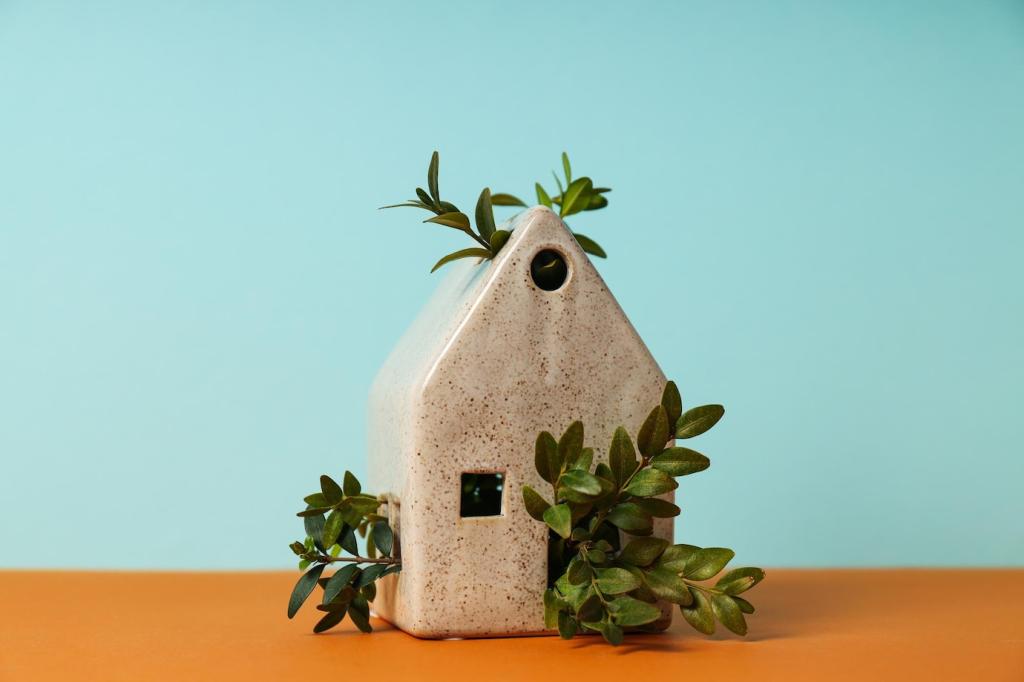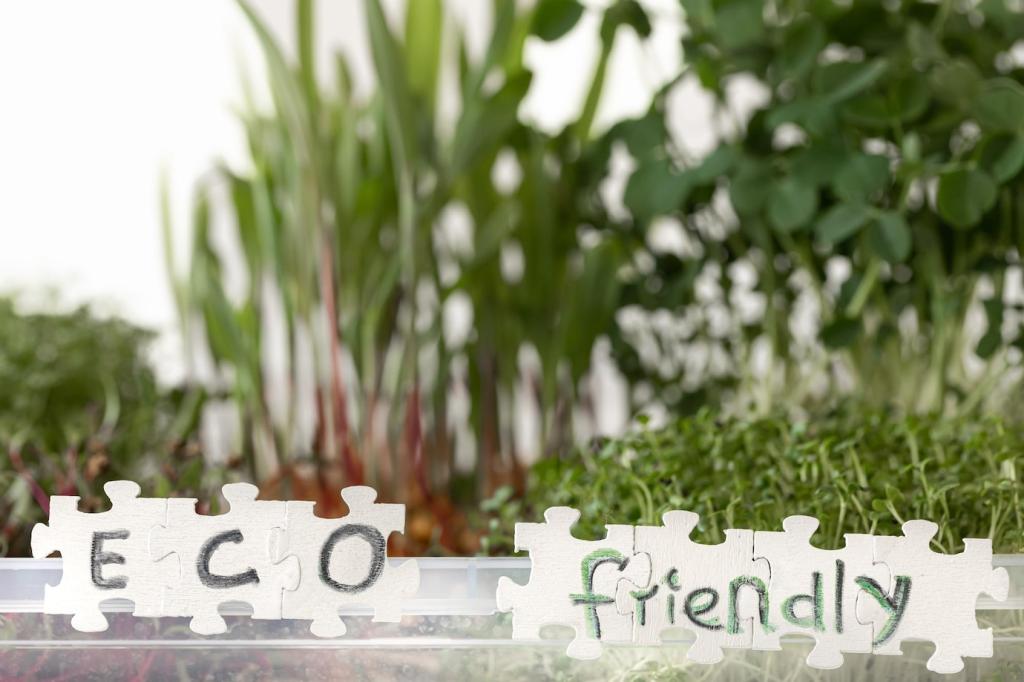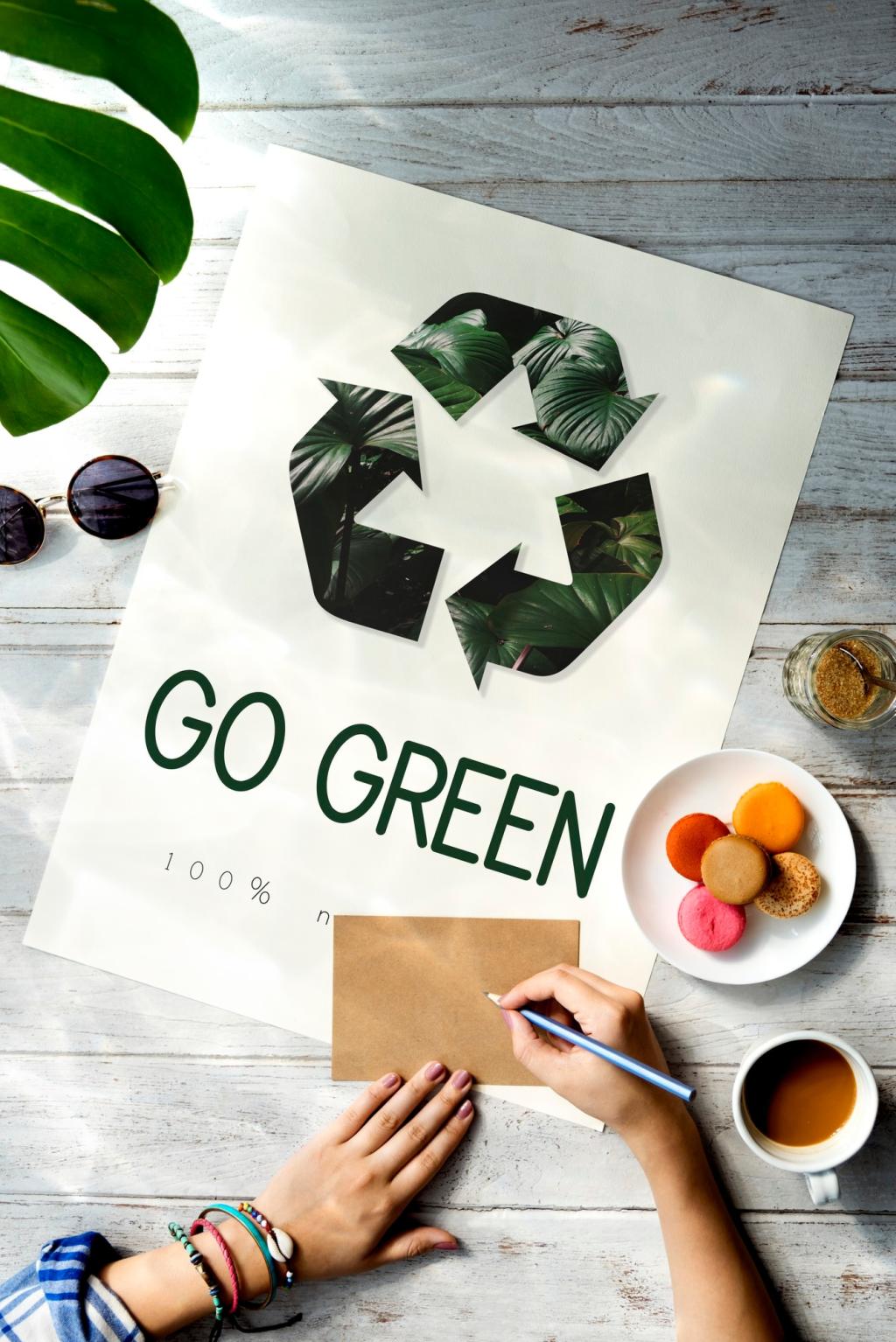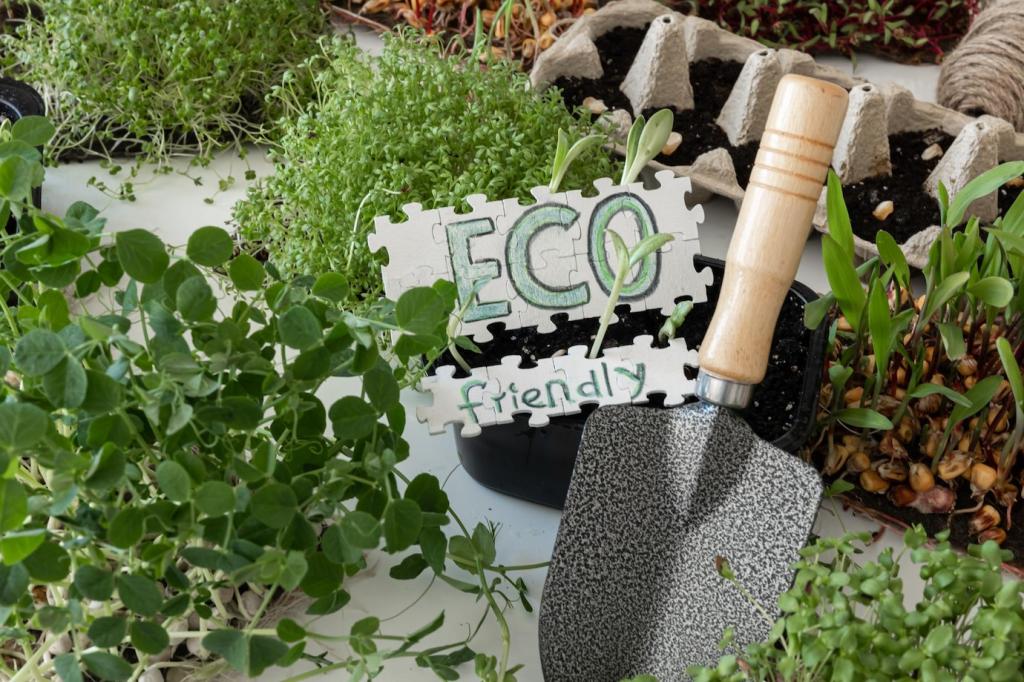Restore Beautifully, Restore Responsibly
Sustainable Materials That Respect Your Home and Planet
Switch to low-VOC, water-based lacquers and polyurethanes to minimize indoor air pollution and cleanup hassles. They dry faster, reduce odor fatigue, and keep your workspace breathable, making eco-conscious refinishing more pleasant, family-friendly, and genuinely sustainable for frequent DIY projects.
Sustainable Materials That Respect Your Home and Planet
Embrace plant-based tung oil, polymerized linseed, shellac, and beeswax blends for durable protection with fewer synthetic additives. These time-tested coatings highlight grain beautifully, cure reliably, and can be repaired locally, extending furniture life while keeping chemical footprints small and manageable.

Gentle Stripping and Prep That Protects Air Quality
Citrus-Based Strippers and Steam Power
Choose citrus-based strippers for a slower, controlled lift of old finishes with fewer harsh fumes. Pair with a household steam unit to soften stubborn layers, letting scrapers glide without gouging wood fibers or filling your workspace with noxious, lingering solvent vapors.
Smart Sanding with HEPA Filtration
Attach sanders to HEPA vacuums, start with the least aggressive grits, and let the tool do the work. Gentle passes protect patina, minimize dust clouds, and reduce cleanup time, protecting lungs, pets, and nearby rooms from irritating, persistent airborne particles.
Lead-Safe Protocols for Vintage Pieces
Before disturbing old paint, use EPA-recognized lead test swabs. If positive, avoid aggressive sanding; contain dust, work damp, and consider certified professionals. Your restoration stays ethical, legal, and healthy while preserving the vintage charm you fell in love with.


Repair Techniques That Last and Remain Reversible
Use hot or liquid hide glue for joints needing future serviceability. It adheres beautifully to old residues, reverses with heat and moisture, and aligns with traditional methods, making heritage chairs and tables stronger without sacrificing later restoration flexibility or authenticity.
Repair Techniques That Last and Remain Reversible
Opt for dowels, splines, and well-fit tenons rather than metal brackets or heavy screws. Wood-to-wood solutions distribute stress gracefully, reduce rattles, and keep materials uniform, lowering long-term failure while maintaining a clean, historically sympathetic restoration profile throughout your piece.
Milk Paint Magic with Modern Durability
Mix milk paint from casein powder, water, and earth pigments for a velvety, matte finish that ages gracefully. Seal with natural wax or water-based topcoat. The layered effect creates depth, character, and a wonderfully breathable surface that remains refreshingly timeless.
Plant-Based Oils for Rich, Repairable Sheen
Tung and linseed oils penetrate deeply, enhancing grain and resisting spills after proper curing. Wipe-on, wipe-off schedules simplify maintenance. Small touch-ups blend invisibly, extending life without stripping everything, and preserving that cozy, hand-rubbed glow that warms any room.
Low-Impact Stains and Natural Dyes
Try low-VOC stains or home-brewed dyes from walnut husks, tea, and steel-wool vinegar. Test on scraps for tone control. Subtle, layered color reduces harsh solvents, supports unique storytelling, and pairs beautifully with wax or oil for an elegant, enduring finish.


Sort, Reuse, and Dispose Responsibly
Keep labeled bins for metal hardware, clean wood, and finish rags. Air-dry oily rags flat to prevent combustion, then dispose properly. Donate duplicate tools, share offcuts locally, and ensure recyclables actually reach facilities by following your municipality’s latest guidelines.

Sawdust and Offcut Opportunities
Turn clean sawdust into wood filler with a dab of water-based glue, or compost it if species are safe. Offcuts become test boards, patch pieces, or charming wall hooks, transforming scraps into practical assets instead of overflowing workshop bins unnecessarily.
Inspiration, Community, and Your Next Green Project
We found a scratched walnut side table for five dollars, hiding beneath grime. Gentle steaming lifted a white ring, a shellac barrier unified tone, and a beeswax polish finished the glow. It sold quickly, funding the next careful, green rescue.
Inspiration, Community, and Your Next Green Project
Post your progress shots, mention the products you chose, and note what you’d change next time. Your experience helps others make safer choices. Drop a comment with your toughest challenge, and we’ll suggest eco-forward fixes to try on your next piece.


